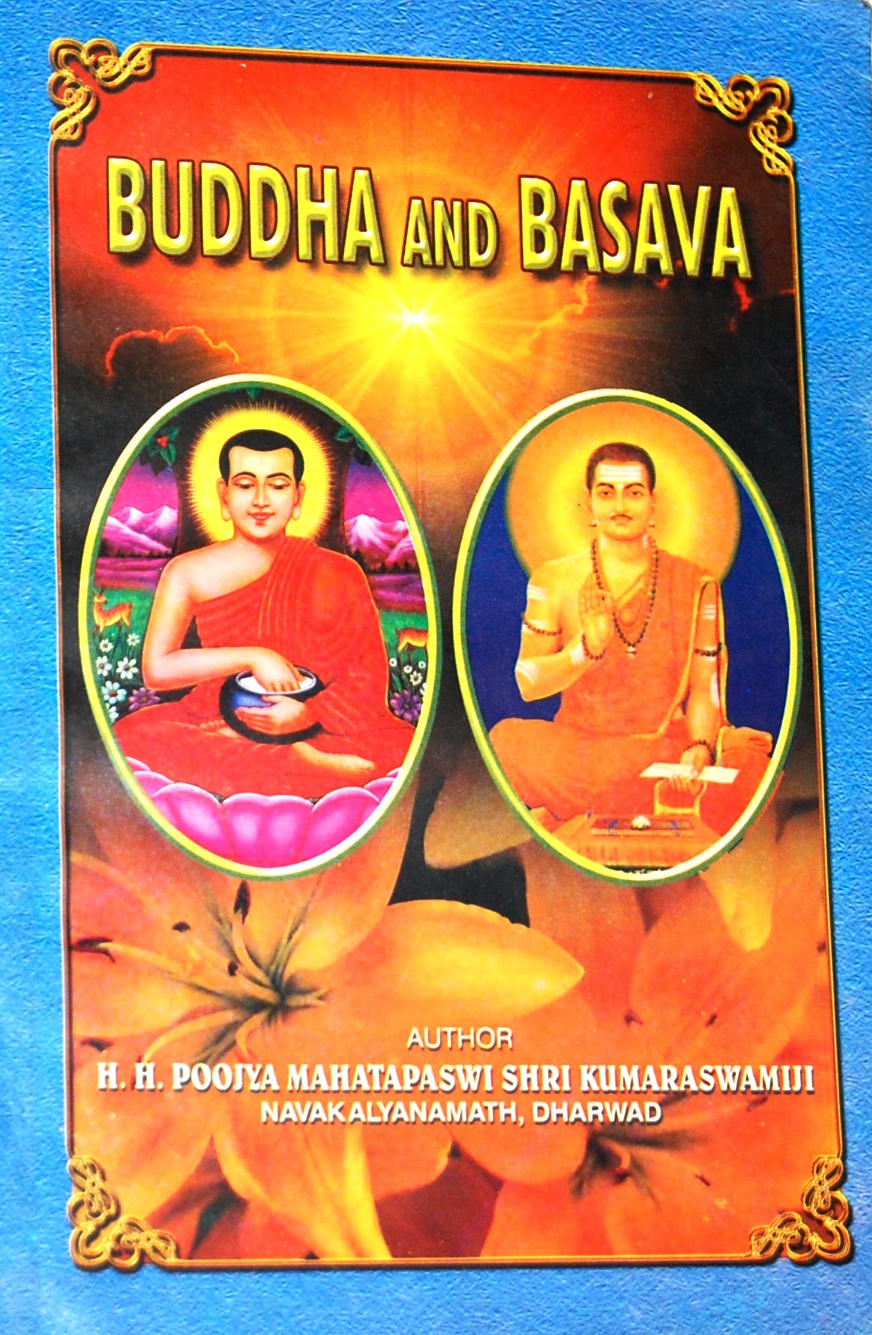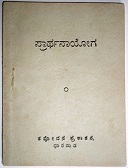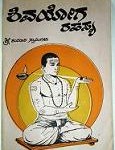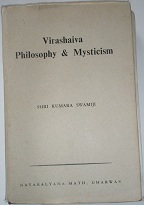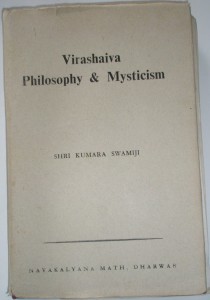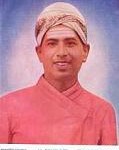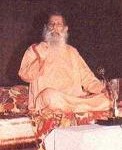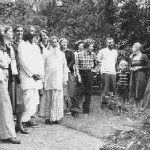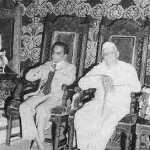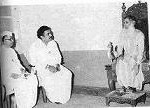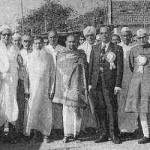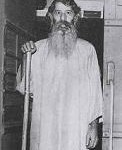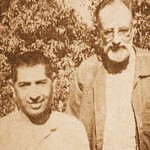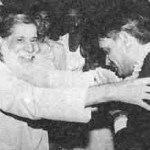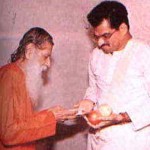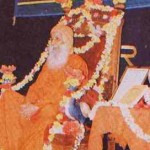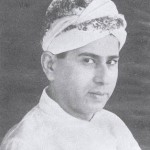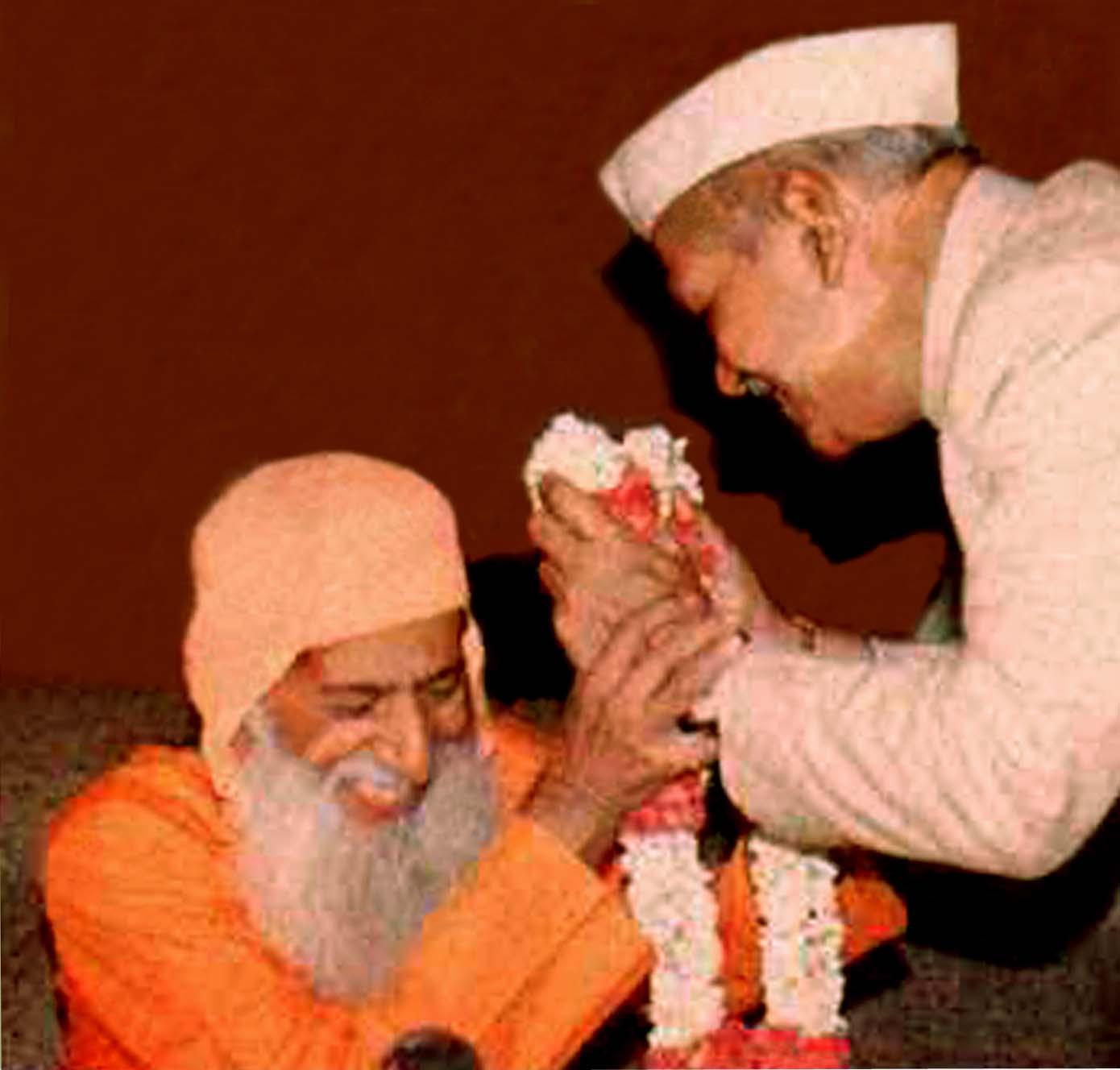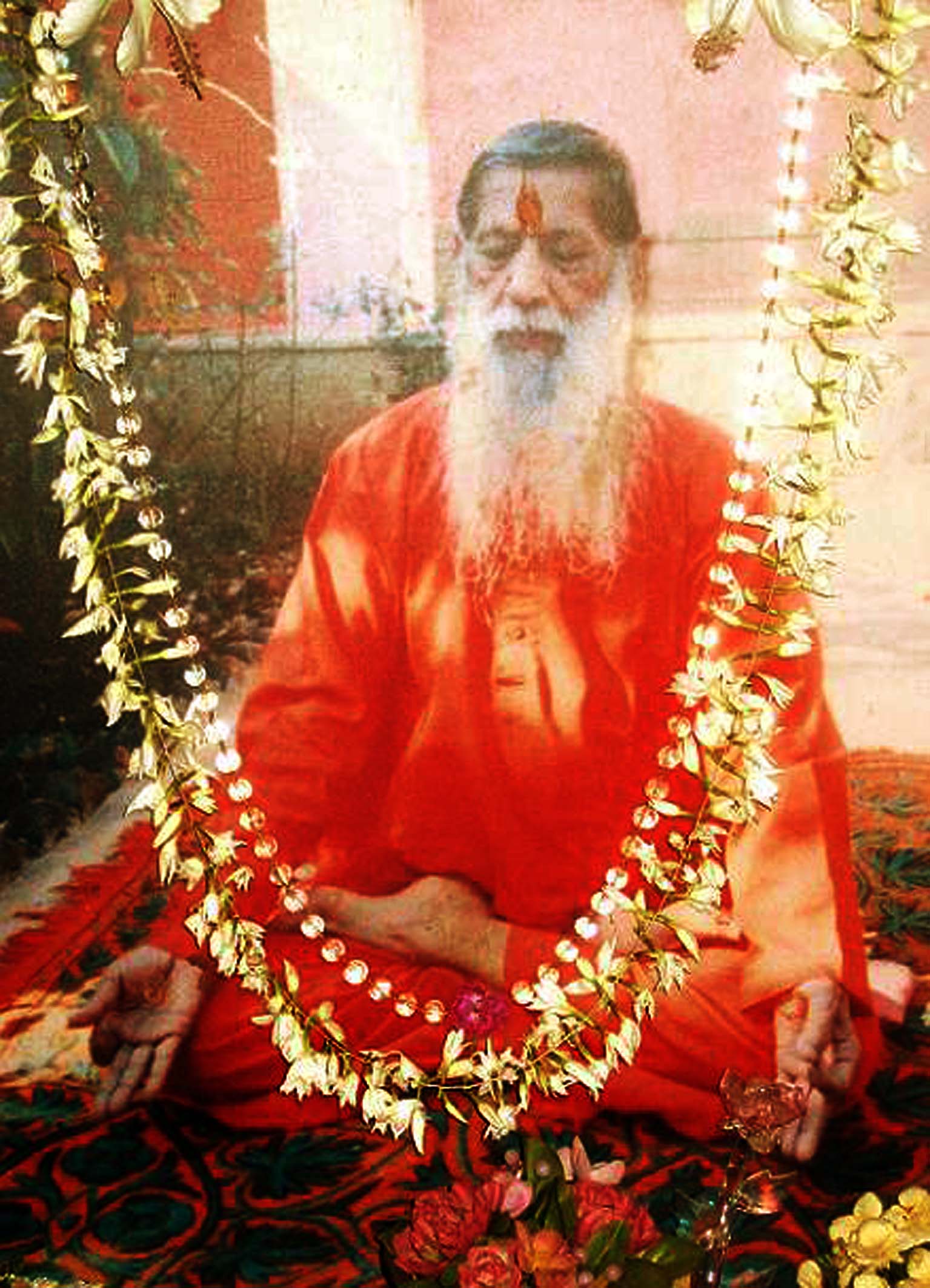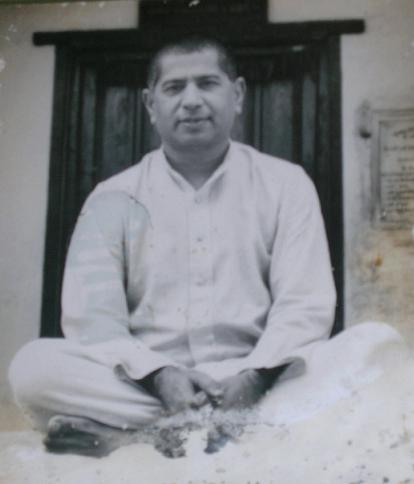Buddhist revolution had a profound effect on everything human, particularly in arts and literature. It brought about a reorganization of arts and letters, linking them with the needs of the nation; it also effected the liberation of scientific thought. It blazed a new trail in social and religious spheres. To the layman Buddhism appears to be a heretic religion; to an orthodox Buddhist it is the way of life shown by the wise man; to the philosopher it appeals because if its rationalistic approach to metaphysical problem; to sadhakas its value lies in its subtle psychology; to the historian it appeals as an institution that fostered patterns of art and architecture, seats of learning and modes of worship.
Buddhism is bound up with the personality of Buddha. This is a necessary consequence of the starting point of a creedal religion. Buddha is respected not only as the founder of religion, but also as the seer of truths and the guide of initiates to the same attainment as his own. Buddha’s position in Buddhism is similar to that of Christ in Christianity. Who was Gautama, the Buddha? He was a man of self-realization, one who has achieved the mind’s enlightenment. Aristocrat by birth, he was at home with all men and women, and a friend and guide to his fellow seekers. He was patient as one who knows the illusion of Time. He was compassionate and stately to behold, To Buddha, we owe the love of science, the love of art and the love of freedom, not one of these by itself but all three combined in organic union. The Buddha genius is the Indian genius in its first and fair bloom. From contact with Buddha spirit arose that mighty impulse in India which is known as humanitarianism. It was Buddha who held aloft that torch of reason in the pursuit of knowledge which led to the awakening of the lay spirit. His task was enormous, to reform the prevailing religion of his time which seemed to have been degenerated, and at the same time to add to the sum total of human wisdom. Old terms were freely used but given new meanings. Thus Karma and Dharma, the unity of life as distinct from its forms and the common goal of liberation, were all to be found in the religion of his day, but as incorporated into Buddhism, received an original setting.
Buddha was a seeker after truth; he was tirelessly searching into causes, into the order of nature. With this inquisitive mind Buddha came into the confused yet earnest life of India in the sixth century B.C., and found what others were seeking.
“From the unreal to the Real
From darkness to Light
From death to Immortality.”
These words of an old Indian prayer, already familiar at the time of Buddha, express India’s search. Her religious thinkers had passed beyond the na�ve nature worship of Vedic Hymns, to find Reality in escape from Samsara, transmigration. Man could by meditation arrive at the intuition that there is only one Reality. A few mystics could claim to reach this goal; but there were many skeptics and many ascetics, who offered instead to give men magic powers through the torture of the body, and there were many who preferred to let the priests square the god where they paid bill. Into this confused state of ancient India came Gautama, the Buddha. He was a seeker who, leaving his home in early manhood, attached himself first to one and then to another teacher, and finding nothing in their systems which could enlighten him, went off by himself and with great courage, turned his back upon asceticism and a barren quietism. After long search he attained the peace and calm in which he recognized the Reality, and in order to teach others, he rationalized his experience in a kind of medical diagnosis which he called the four Noble Truths. To attain them he set up the Middle Path � a way for all men of sufficient zeal and devotion.
The path is by no means novel or original, yet it strikes a note of moral endeavour and relates religion to life in a way which the ancients had failed to do. Moreover, Buddha himself embodied in a life of sanity, an ideal already familiar and dear to the Indian Heart. Indians, recognized him a hero of the spiritual world. When sincerity and kindliness are blended into one character men cannot but reverence and adore. It is this which is the main cause for the success of Buddhism and the motive to its missionary activity. One cannot imagine that the little formula which won the first Brahmin converts, ‘All things have a cause’, could be sufficient foundation for a great religion. But it was the serenity of Buddha who, through it had emancipation from fear and superstition and who, in it saw the basis for a noble system of ethics that laid spell upon men’s minds and hearts. The compassion which sent him out as an Evangelist during a long and arduous life gave men a picture of Divine Love. His Dharma or Teachings came to be identified with Truth and it was belief in the Dharma which sent Ashoka’s missionaries abroad. His Middle Path made an appeal to all, calling the monks to leave the world but not to torture the body and the laymen to remain in the world but to avoid the snares of sensuality and superstition. In his splendid sanity no less than in his kindliness and sincerity Buddha was an ‘Asiatic Socrates’.
Buddhism was from the beginning a missionary religion. Within a few days of the First Sermon, Buddha sent out his handful of converts into the country with the famous exhortation: “Go ye forth, O Bhikkus, for the gain of the many, for the welfare of the many in compassion for the world. Proclaim the doctrine glorious, preach ye a life of holiness perfect and pure.” The same command appears in the Mahayana work: “Point out the way however dimly and lost among the host as does the evening star to those who tread their path in darkness. Give light and comfort to the toiling pilgrim, and seek out him, who knows still less than you, who in his wretched desolation sits starving for the bread of wisdom, let him hear the law.” Buddhism has been a missionary religion, has had to adapt itself to different races and temperaments, and has absorbed much from its changing environment. Yet Buddhism has never wholly lost its essential unity. It has been the vehicle through which the civilization of India passed on to Ceylon in the third century B.C., to the uncivilized peoples of the North West frontier in his and the next century, and so on into Turkestan and the Himalayan hinter land, till by the middle of the first century A.D. it established itself in the Chinese capital. During the following three centuries, it was consolidating its power alike in China and Ceylon, and then passed on in the south to Burma and in the Far East to Korea. In the sixth century it reached its zenith in China and captured the court alike in Japan and Tibet, while its hold upon India was loosening. In this chequered history of more than a thousand years, its power of accommodation proved at once its strength and its weakness. In India it was overthrown chiefly because, it had ceased to differ much from the surrounding Hinduism. In Japan it accepted the Kami of the native cult and identified them with Buddha and Bodhisattwas. In Burma it joined hands with the worship of spirits or nats. The worship of nats is akin to the worship of devatas in Ceylon.
When Christianity and Islam arose Buddhism was already strongly established in India, and had sent its missionaries far afield. When Jesus was teaching the doctrine that God is the father of all men and has no favourites, Buddhism was preaching its teachings by claiming that ‘all are children of the Buddha’ and can reach Buddhahood. In this spirit it had crossed the frontiers of India and had begun to penetrate as far east as China. By the time of Muhammad it had passed its zenith in India, and was making good its losses thereby attempting to convert the native worshippers of Japan. As Muhammad uttered his clarion cry to the Arabs to turn from the many idols to the one God, and as St. Augustine set up the standard of Cross at Cantenbury, calling on the peoples of England to turn away from paganism to the Christ, so in Japan missionaries of Buddhism were beginning to turn court and the people to the way of Buddha. Always tolerant and adaptable, Buddhism had by this time become complex almost beyond recognition and the Japanese set about to seek its essence and to demand something which ordinary people could understand. At the same time, they added much of their own to it, until Buddhism degenerated into idolatry. That is why Okakura Kakuzo was forced to say this, “The diamond throne of the original enlightenment is now hard indeed to discover, surrounded as it is by the labyrinths of gigantic pillars and elaborate porticoes which successive architects have erected, as each added his portion to the edifice of faith.”
The best starting point for the study of Buddhism is the age of Ashoka, roughly three centuries after Buddha and three centuries before Christ. The Ashokan era is remarkable in the history of Buddhism because it brought into relief the Buddhism of the laity and because it anticipated the demand of the Japanese who were eager to bring Buddhism within the reach of the common man. How Buddhism was made the religion of the masses is attested by the following facts. We find the Emperor Ashoka going on pilgrimage to the birth place of the Founder, to the place of his enlightenment, to the Deer Park where he preached his first sermon, and to the place of his final Nirvana. An abundance of early coins or tokens has been found which were evidently connected with these spots. Their symbols � the elephant, the tree, the wheel and the burial mound stand for the dream of his mother in which she saw a white elephant, the great fig tree under which he sat when enlightenment came to him, his first sermon known as the “turning of the wheel of the Law” and the mound in which his relics were deposited after death.
That Ashoka is looked upon as the prototype of lay patron would be clear enough from his following commands:
“Let small and great exert themselves;
Father and mother are to be obeyed;
All living things are to be respected;
Truth must be spoken.
Let the pupil revere the Teacher;
Let courtesy to kinsfolk prevail;
This is the ancient law
Which leads to length number of days.”
“People perform various rites to bring prosperity or in sickness, or at marriages and births, or on setting out upon a journey��.. Let these rites be performed though they bear little fruit. But rich in fruit is the rice of Dharma. In it are included right treatment of slaves and servants, respect to teachers, gentleness to living things, and liberality towards ascetics and Brahmins��. This right is not merely of this world; it surely begets endless merit in the world to come, and if it also should succeed in gaining its end in this world then the gain is two-fold.” We have in a word, in the Ethic emphasized by Ashoka an admirable foundation for a great kingdom and also for a popular religion. The lay religion of the Ashokan age is exactly a humanishing of the religiosity of the masses. The goal which Ashoka calls the Hereafter is rebirth in a paradise. Two of the Edicts mention Swarga or Heaven, the name commonly given to this goal in contemporary India. The Emperor himself tells us that his beneficent activities, such as planting avenues, digging wells, endowing hospitals for man and beast, organizing charity and sending embassies of good-will to his neighbours, were done for the sake of the Hereafter. That the king does not mention Nirvana or the other more different doctrines of Buddhism need not surprise us. These were for the inner circle, and all through its history, Buddhism has had one goal for the laity, another for the monk, one set of teachings for the inner circle and another for the great mass, who form a kind of Third Order. The ruler of great Empire cannot insist that all things are transient and sorrowful, nor can he urge his people as a whole to seek in the cloister peace and happiness. We find, in fact, alike in his teachings and in the sculpture age his age a tendency not so much to imitate the experience of Buddha, as to worship him and to practice his ethical teachings. Buddhism was a way of salvation and compassion as also na�ve folk religion, with its humours, its superstitions and its accommodations to human weakness.
Within a hundred years of the death of Ashoka, a profound change came over Buddhism. From a human being Buddha had become super-human being and his spiritual essence had entered a pantheon nearly as large as that of the Hinduism from which it largely derived. The Arhat ideal that of the human being who by strenuous effort acquires enlightenment, gave way to that of Bodhisattva, the saviour of mankind, a gracious figure looking down in pity upon the world. Thus grace replaced effort as receiving the greater emphasis. While both these ideas are to be found in the teachings of Buddha, it is clear that the first great cleavage within the Buddhist Order was concerned with this difference of ideal. If the traditions of the Ceylon Chronicles are to be trusted the Sangha was divided by the time of Ashoka into two main divisions � the Theravada or School of the Elders which became later on the Hinayana school and the more liberal Mahasanghika turned into the Mahayana school. It is contended that the rise of the Mahayana as a revolt from the Theravada is inevitable. The Indian mind, already heir to some of the noblest achievements of mystical reasoning, could never be long content with the moral philosophy of the southern school. The Hinayana ignored the aspiration of man after something higher and wronged the spiritual side of man. When Buddhism became wide-spread and embraced large masses, the Hinayana could no longer serve. A religion more catholic but less ascetic in ideal was required, and Mahayana fulfilled this requirement.
However this may be, the Mahayana sects all came to differ from those of the Hinayana in this emphasis upon the moral superiority of the Bodhisattva who though, ready to enter full Buddhahood, gives it up till all others shall attain. And today this is the vow common in all Mahayana monasteries: “May I not attain to Bodhi till all other living things attain.” The Bodhisattva also came to be looked upon as a Heavenly being of whom the prototype is Avalokiteshwara, He who hears voices, or He who looks down in pity upon the world. There went necessarily with this new change a new emphasis upon grace. Early Buddhism insisted that a man must work out his own salvation; the new Buddhism makes less and less of this element of merit. Already by the beginning of the Christian era it held out to sinful men the assurance that they had only to lay hold upon the grace of Amitabha to win salvation. But a more difficult question arises. Buddhism in its Mahayana developments forgets the instructions of the Founder to avoid vain speculations and becomes highly metaphysical. It begins to produce great schoolmen like Nagarjuna, who developed schools of Buddhist philosophy ranging from na�ve Realism to Absolute Idealism, which teaches that mind alone is real, and even to sheer Nihilism which teaches that the whole world, including the mind, is illusion. Others give themselves to elaborate analysis of the mind of man, and of the processes by which enlightenment may be attained. These processes comprise many modes of hard asceticism from the Ceylon monk, meditation upon skeletons in some lonely cavern, to the hermit of Tiber, immured for a life time away from human contacts. Buddhism is seen practicing the asceticism which Buddha rejected. However attempts have been made to interpret the two schools as complimentary to each other. Dr. Mc Govern says, “while Hinayana regards Mahayana as a corruption of the original Buddhism or at the best a false and decadent branch, Mahayana regards Hinayana not as false or contrary to true Buddhism, but simply as incomplete, or the superficial doctrine which Sakyamuni taught to those who were incapable of comprehending the more profound truths of Mahayana.” John Blofeld observes, “The Hinayana view is that Mahayana is a later development which constitutes a great departure from the real teachings of Buddha. The Mahayana view is that Buddha taught various aspects of truth at different stages in his life, specially adapted to the capabilities of the people whose powers of understanding were at different levels.”
The explanation of the extravagances of speculation and of self-mortification is to be found in human nature. The converts to Buddhism often brought with them tendencies and practices which were theirs by early training. Some like Nagarjuna were Brahmins accustomed to the hairsplitting speculation of the schools; others like the first group of disciples were ascetics, brought up to the old Indian idea that asceticism would be the way to power. To persons of these temperament it was easy to believe that the Dhyana and Samadhi, preached by Buddha as a technique for the enlightenment would bring also magic powers. The school men of the South, no less than the artists of the north, pay great attention to these powers. A very favorite subject for the artists of China and Japan is the supernatural feats of Arhats who are supposed to be the guardians of law. Moreover, the Middle Path, though it contains nothing new or striking, was exceedingly difficult to tread. Buddhist art has vividly suggested this by depicting it as the Razor Path which the monk has to travel across a sea of flame. The Middle Path, in fact, is the path of the mystic between rationalism on the one hand and credulity on the other, between speculation and indifference, as well as between sensuality and self mortification.
This middle path was elaborated by the early monks as consisting of eight steps, which they arranged under the headings of Enlightenment, Morality and Meditation. The monk is one who rejects both extremes, and gives himself to the practice of states of mind which lead to Bodhi. This path begins in right mental attitudes such as knowledge of the misery of the world, its cause and its relief, passes on to the second step which is to renounce, the pleasures of sense. To harm no living thing, to have only kindly thoughts, and so by carefully wrought-out stages it passes from this state of right enlightenment to the elements of moral conduct, then to the more difficult of right mental concentration and effort, till the last step of right rapture with four ecstatic states, is reached. It claimed that Buddha himself attained these four states, and in attaining he reached the goal of Nirvana which is defined as the cessation of thirst. Buddha saw the world as a ceaseless flow; he said, “all is transient, all is misery.” But he conceived of something permanent calm which he called Nirvana. His own experience is described as one in which “the consciousness is serene, pure, translucent, controlled, cleansed from evil, supple, ready for action, firm and imperturbable.” Hence the key to the understanding of Buddhism lies in the concept of calm in the midst of storm, of the abiding in the midst of the transient, of the Real at the heart of the unreal.
The great Buddhist artists attempt to show us this central idea. For instance, Buddha is seated in a trance like calm which the armies of Mara can do nothing to shake, and which even the allurements of his beautiful daughters cannot disturb. In many a great temple picture of Japan, there is the same calm figure passing into its final Nirvana, surrounded by gods, men and beasts in paroxysms in grief. A vast solitary statue in the jungles of Ceylon depicts him seated with eyes closed and hands folded, erect and immovable. Other statues show us Buddha as seated or standing with the deer at his feet, and his first five disciples around him. Still, others reveal him as a Teacher of Causality and as the good physician who diagnoses and cures disease. These statutes help us to understand the long process of Buddhahood which may be seen at work in the texts. Great philosophical minds also were at work on this problem of Buddhahood. Just as the Lotus scripture offers to the masses an eternal Buddha, so Brahmin converts like Asvaghosa wrote hymns for the use of the monks. Asvaghosa’s Buddhacharitra is a rich and colourful poem which did much to stimulate art and devotion.
In telling the great story of Buddhism we have endeavoured to bring into bold relief its brighter aspects and its nobler achievements. Its manifest weakness has been its readiness to compromise owing to the lack of organization of the Church. The personality of Buddha gave unity to the Order of Sangha. But he neither designated nor made provision for a success or as visible head of the Church. This necessarily resulted in the formation of many sects, of which two centuries after his death there were as many as eighteen with their own monasteries. The organization in the Buddhist Church was thus very loose and was therefore a great cause of weakness throughout its history, and was also one of the main causes that contributed to its downfall in India. The great doctrine of causality is only accepted in part. Yet there is a small minority of the thinkers in all Buddhist countries, who are willing to apply the scientific method to the study of their own religion and to modernize its methods.
All this is merely to say that Buddhist, like the rest of us, are human beings. The real test of religion is its power to produce saints, and the value of the sainthood produced. Buddhism has shown this power in marked degree, and it is because this spirit is still alive that its future is hopeful. And Christmas Humphrey is eloquent on this point, “Buddhism does not easily lend itself to world organization, nor indeed to any organization. Its stress is on individual effort towards individual enlightenment. It has no yearning for secular power, and to the extent that members of the Sangha dabble in politics they are degrading the Robe. Buddhism has no Pope, and nowhere, save in Tibet, has the Church temporal authority. International co-operation, therefore, is solely concerned with the interchange of ideas on doctrine and the best way to proclaim it. It is as a spiritual force alone that Buddhism affects and will increasingly affect the modern world.”
Buddhism gave to the world a religion based on Compassion, Moderation and Self-knowledge. It has made its mark upon the world by giving it a new art form in painting, sculpture and frescoes. The various jatakas, connected with the earthly life of Buddha in various successive births, have been a rich source of inspiration to the brush, the chisel and the mallet. These jatakas, besides providing for the men of art, an aesthetic taste and plentiful richness, reveal the social scene of the bygone days. Buddhist art is realistic in the sense that it is at home in the world of men and women, of animals and green palnts, of the sunshine and the shadow. It paints Indian life as it sees it; though there is the glow of religious impulse behind its creation, one is impressed with its intuitive discovery of the beauty in natural movement. The Buddhist revolution brought about the liberation of the artists and spread the artistic sentiment among the masses. It enriched the artistic information and developed the sensitiveness of the artists. To these artists vibrating with ambitions for great achievement, it brought the great themes of which the illustration of the new order was the foremost.
The influence of Buddhism is no less massive in the field of literature. In the field of poetry Ashvaghosa composed two ornate epics Buddhacharitra and Saundarananda. He himself was the author of a drama named Sariputraprakarana. This drama reveals the fact that Buddhists were the first to treat of social and religious themes in drama. Another drama called Nagananda of Harsha continues Ashvaghosa’s tradition. Jataka is said to be the precursor of the fable and folk literature in India. In the realm of lyrics, both devotional and didactic, Buddhist paved the way for others to follow. It is said that famous Bhartihari, the author of Nili, Shringara and Vairagya Shatakas, was a Buddhist as recorded by I-Tsing. Even in the fields of Tantra and medicine the output of Buddhist literature was by no means meager.
Thus Buddhist revolution had a profound effect on everything human, particularly in arts and literature. It brought about a reorganization of arts and letters, linking them with the needs of the nation; it also effected the liberation of scientific thought. It blazed a new trail in social and religious spheres. To the layman Buddhism appears to be a heretic religion; to an orthodox Buddhist it is the way of life shown by the wise man; to the philosopher it appeals because if its rationalistic approach to metaphysical problem; to sadhakas its value lies in its subtle psychology; to the historian it appeals as an institution that fostered patterns of art and architecture, seats of learning and modes of worship.
This article – ‘Buddha and Buddhism’ – is taken from H.H.Mahatapasvi Shri Kumarswamiji-s book, ‘Buddha and Basava’.











